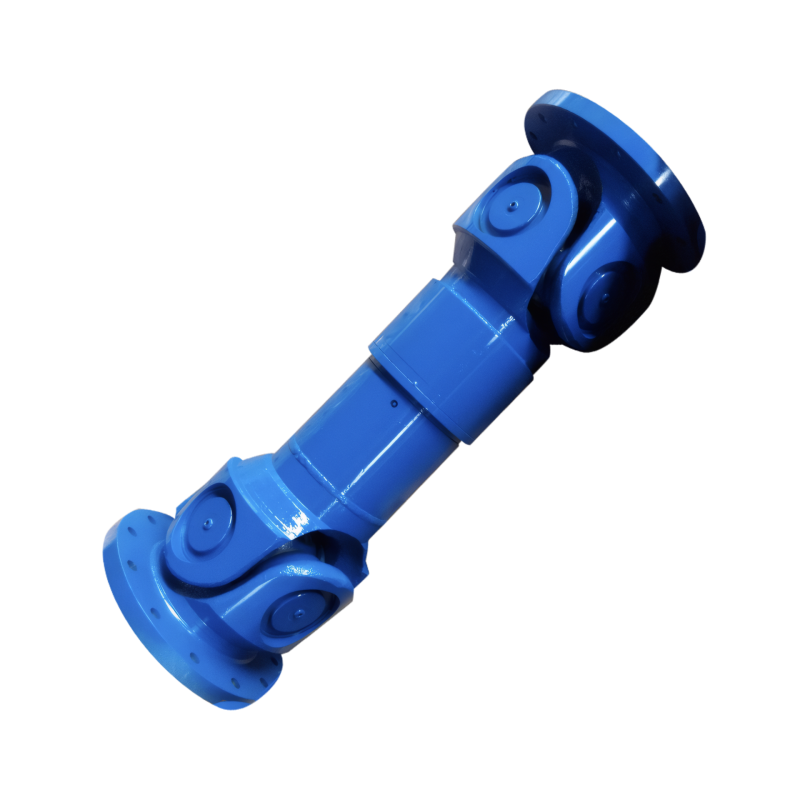The installation method of the drive shaft protective cover
Proper Installation Techniques for Transmission Shaft Protective Covers in Automotive Applications
Transmission shaft protective covers serve as critical barriers against contaminants, moisture, and mechanical damage in automotive drivetrain systems. Proper installation ensures optimal performance and extends component lifespan by maintaining clean operating conditions and preventing premature wear.
Pre-Installation Preparation and Safety Measures
Before beginning installation, park the vehicle on a level surface and engage the parking brake to prevent movement. Use appropriate lifting equipment to raise the vehicle to a safe working height, ensuring stability with jack stands. Gather required tools including torque wrenches, screwdrivers, and protective gloves.
Component Inspection and Cleaning
Thoroughly examine the transmission shaft and surrounding components for signs of damage or excessive wear. Remove any existing protective covers and clean the shaft surface using a lint-free cloth and isopropyl alcohol to eliminate dirt, grease, and old adhesive residues. This preparation ensures proper adhesion and sealing of the new protective cover.
Protective Cover Positioning and Alignment
Carefully unpack the new protective cover and verify its compatibility with the specific transmission shaft model. Most covers feature alignment marks or notches that correspond to shaft features like flanges or splines.
Secure Attachment Methods
Depending on design, protective covers may use:
- Clamp-on mechanisms: Position the cover over the shaft and tighten stainless steel clamps evenly using a torque wrench to the manufacturer's specified value (typically 8-12 Nm).
- Adhesive bonding: Apply automotive-grade silicone adhesive in a continuous bead along the cover's inner edge, then press firmly onto the cleaned shaft surface. Maintain pressure for 2-3 minutes to ensure proper bonding.
- Snap-fit designs: Align the cover's locking tabs with corresponding slots on the shaft housing and press until an audible click confirms secure engagement.
For covers incorporating multiple sections, assemble them sequentially from one end of the shaft to the other, ensuring proper overlap (minimum 15mm) between sections.
Final Verification and Quality Control
After installation, perform comprehensive checks to confirm proper functionality:
Rotational Clearance Assessment
Manually rotate the transmission shaft through its full range of motion while observing the protective cover. Verify that the cover maintains consistent clearance (minimum 2mm) from adjacent components and does not contact any moving parts during operation.
Environmental Sealing Confirmation
For covers designed to provide moisture protection, conduct a visual inspection for gaps or misalignments. In critical applications, perform a smoke test by directing low-pressure air around the cover edges while observing for air leaks, which would indicate inadequate sealing.
Long-Term Performance Monitoring
After reassembly and initial vehicle operation, recheck the protective cover installation after 50-100 kilometers. Look for signs of shifting, loosening, or abnormal noise that might indicate improper installation. Document all findings and make adjustments as necessary to ensure continued protection.
 Customized design of drive shafts for special vehicles
Customized design of drive shafts for special vehicles
 The durability of the drive shaft for off-road vehicles
The durability of the drive shaft for off-road vehicles
 Introduction to the structural strength of truck drive shaft
Introduction to the structural strength of truck drive shaft
 The layout of the drive shaft for a four-wheel drive vehicle
The layout of the drive shaft for a four-wheel drive vehicle
 简体中文
简体中文 English
English
